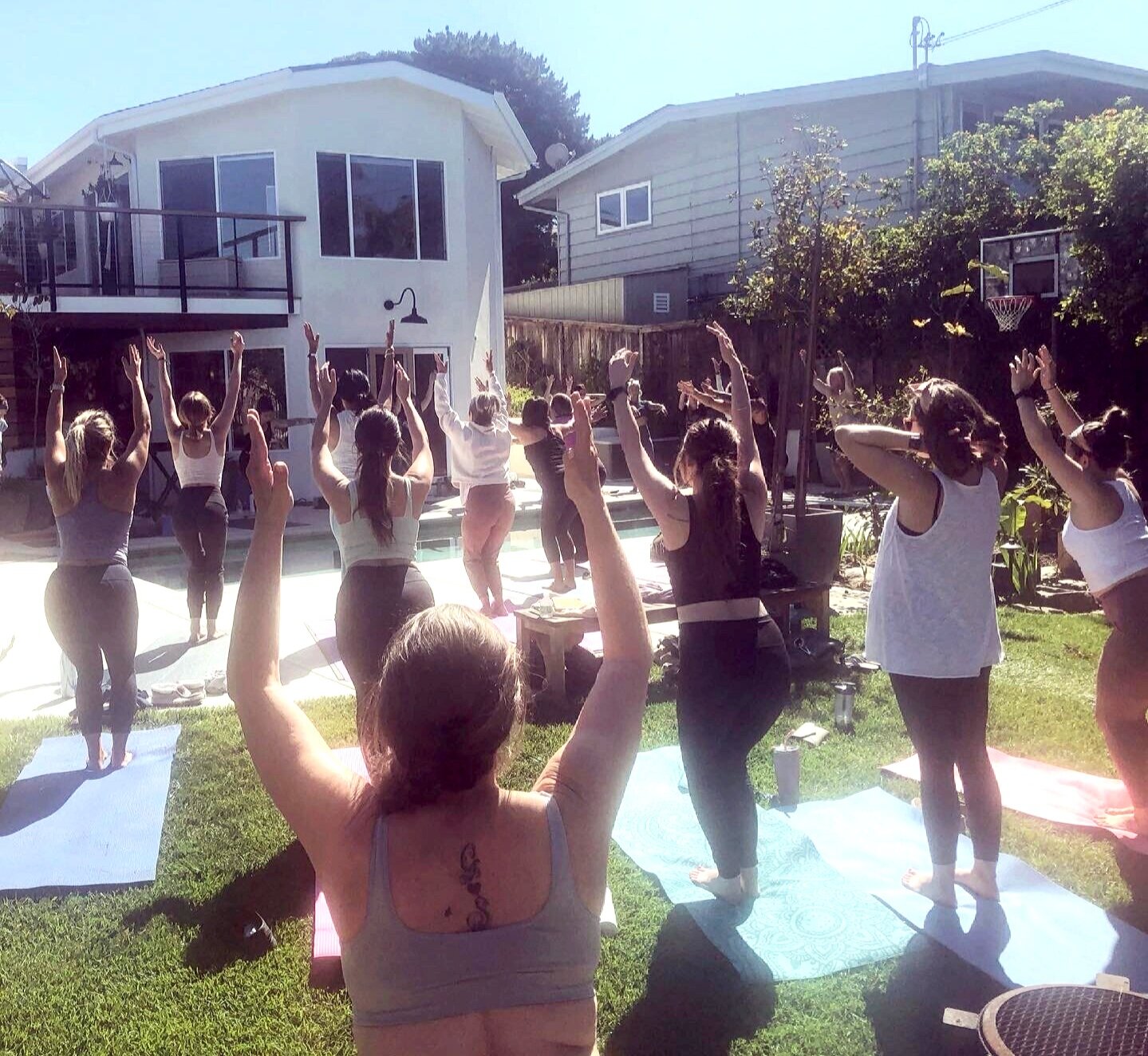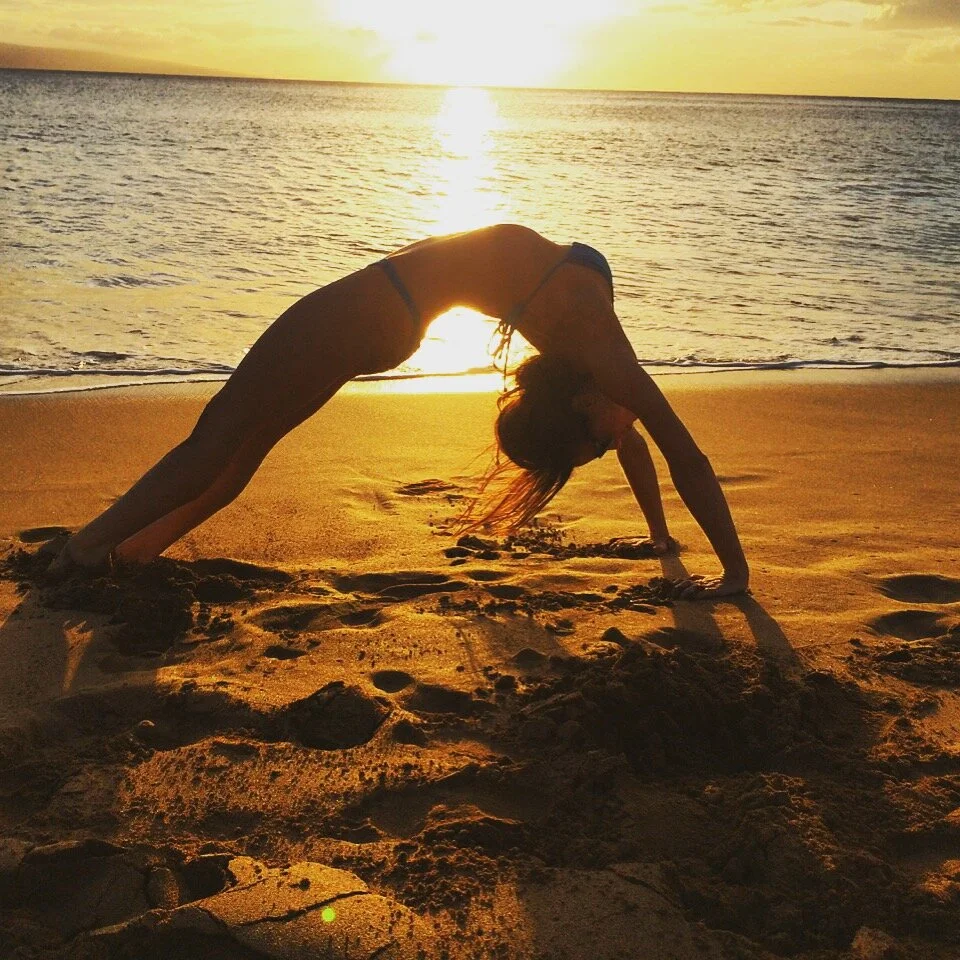
yoga clinic
We look upon nature’s ever-changing cycles and just witness in wonder. What if we viewed the ever-changing, miraculous human body the same way?
Clinic: Let’s dive into movement, body mechanics and anatomy. We’ll explore how and why the body does what it does through physiological, neurological and biomechanical lenses. We’ll apply this therapy + theory to cultivate an effective and graceful practice.

The Grand Vertebral Column
Your human spine is miraculous. It is the communication highway between brain and body. It gives you the duality of mobility and stability. Your spine gives you the ability to express yourself, in large parts in how you choose to hold and support your vertebrae (or not), inviting in health or havoc. Your spine is a paradox of creative expression and steady support.
Through all the movement it supports, the spine carries an important principle: it inherently seeks to return to equilibrium.

The Hip Trip
The hips, our largest ball + socket joints, are a support system for the whole body. Spanned by some of the body’s most powerful muscles, like the glutes, the hips provide stability and enable all kinds of movement as basic as walking and sitting.
The hips must be regularly moved through their full range of motion to stay supple (move it or lose it). This in turn can ease back pain, improve circulation and assist in alignment of the whole body.
Tremendous tension can be held in the muscles and tissues surrounding the pelvis. Yoga can help to release this tension.
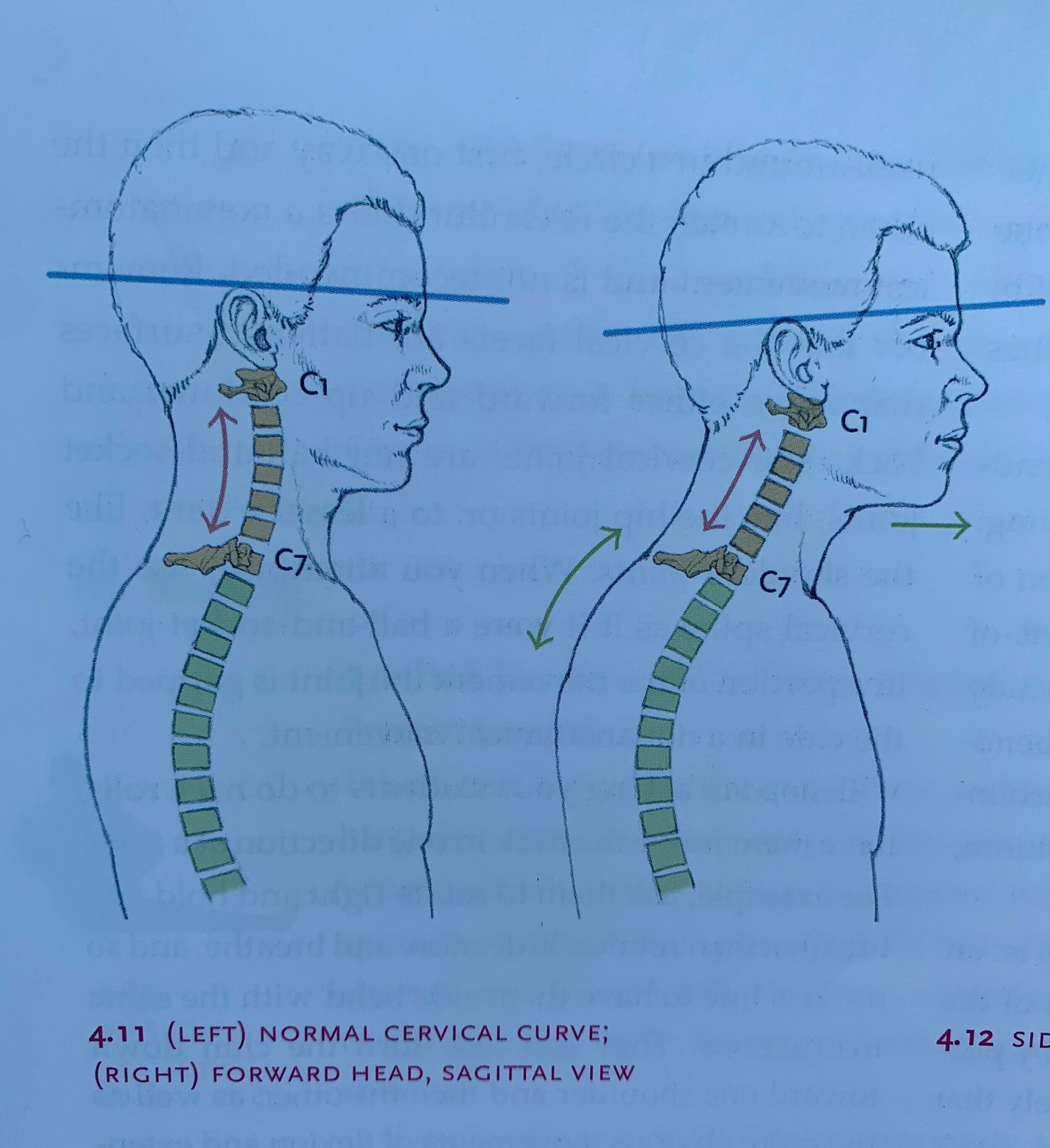
The Atlas
The first cervical vertebrae (skull-C1 joint) is called the atlas, after Atlas in Greek mythology. He holds the world on his shoulders. Like him, we hold the globe of the skull, our crown, on the atlas, C1.
Carrying your head over the body will contribute to your overall health. What is ideal alignment? The top of your ear should align slightly higher than the top of your eye. Can you draw this line in your mind?

Twisting 101
Twists harmonize us, bringing the nervous system back to center. They are excellent at modulating the energy that asanas build and are integral to spinal health.
Twists…safely decompress vertebrae; keep spinal joints, ligaments, supportive muscles supple, preventing hardening; stimulate metabolism; improve motility/mobility around abdominal organs; free breath and create heat.
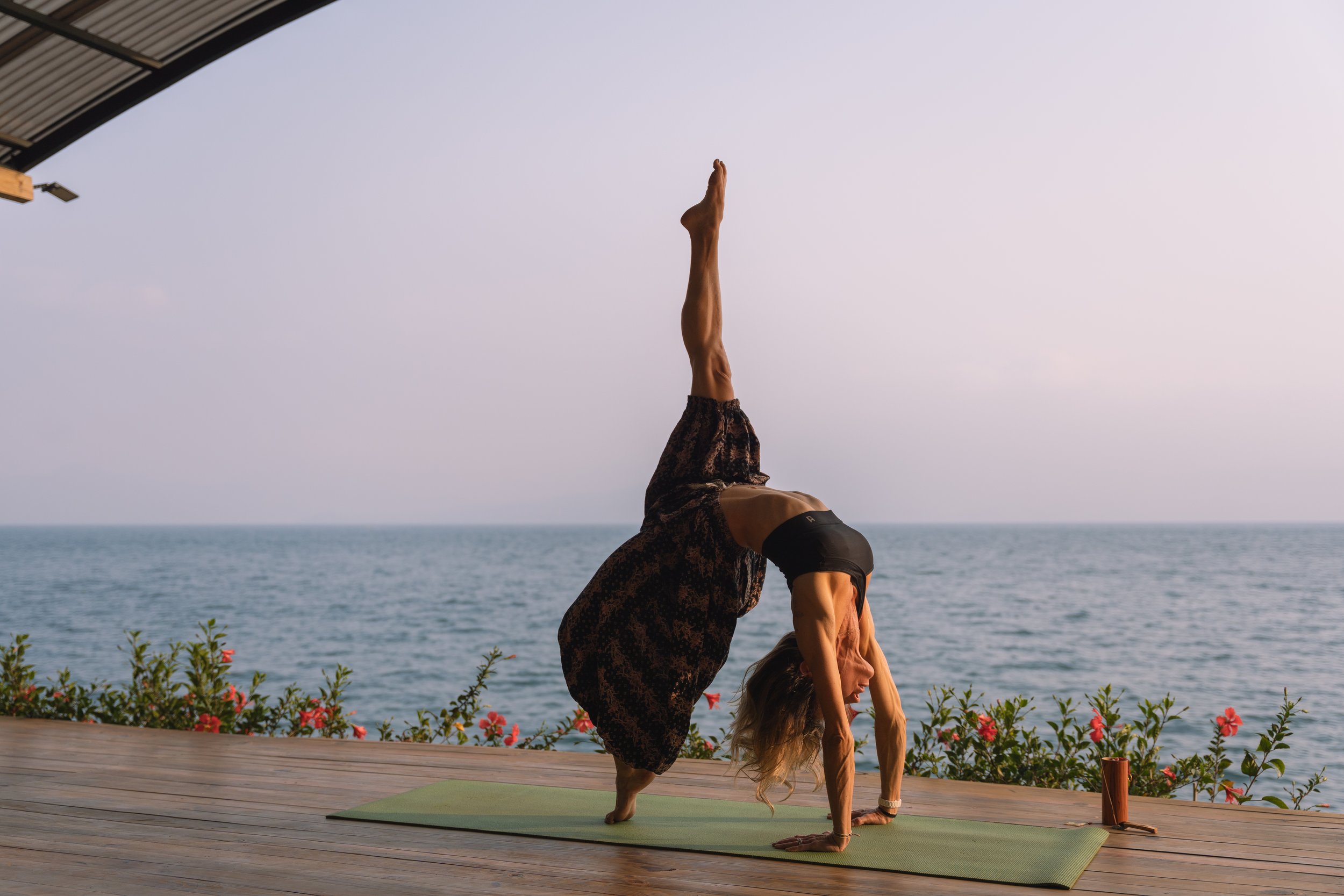
Backbends + Binds
Backbends are particularly therapeutic for tight hips and rounded shoulders. Chair sitters (often rounded over computers) as well as those in health or service fields (that round the upper body to accomplish tasks) often have tight chest muscles and overstretched upper back and neck muscles. Backbends open up the chest and strengthen the upper back.
Chair sitting (excess hip flexion) often means tight hips and an overstretched low back. Backbends work conversely, opening the hip flexors and strengthening the muscles of the low back where tightness is lacking.
Binds contribute synergistically to this work as they are able to deepen backbends and hip opening, open the chest and increase range of motion.
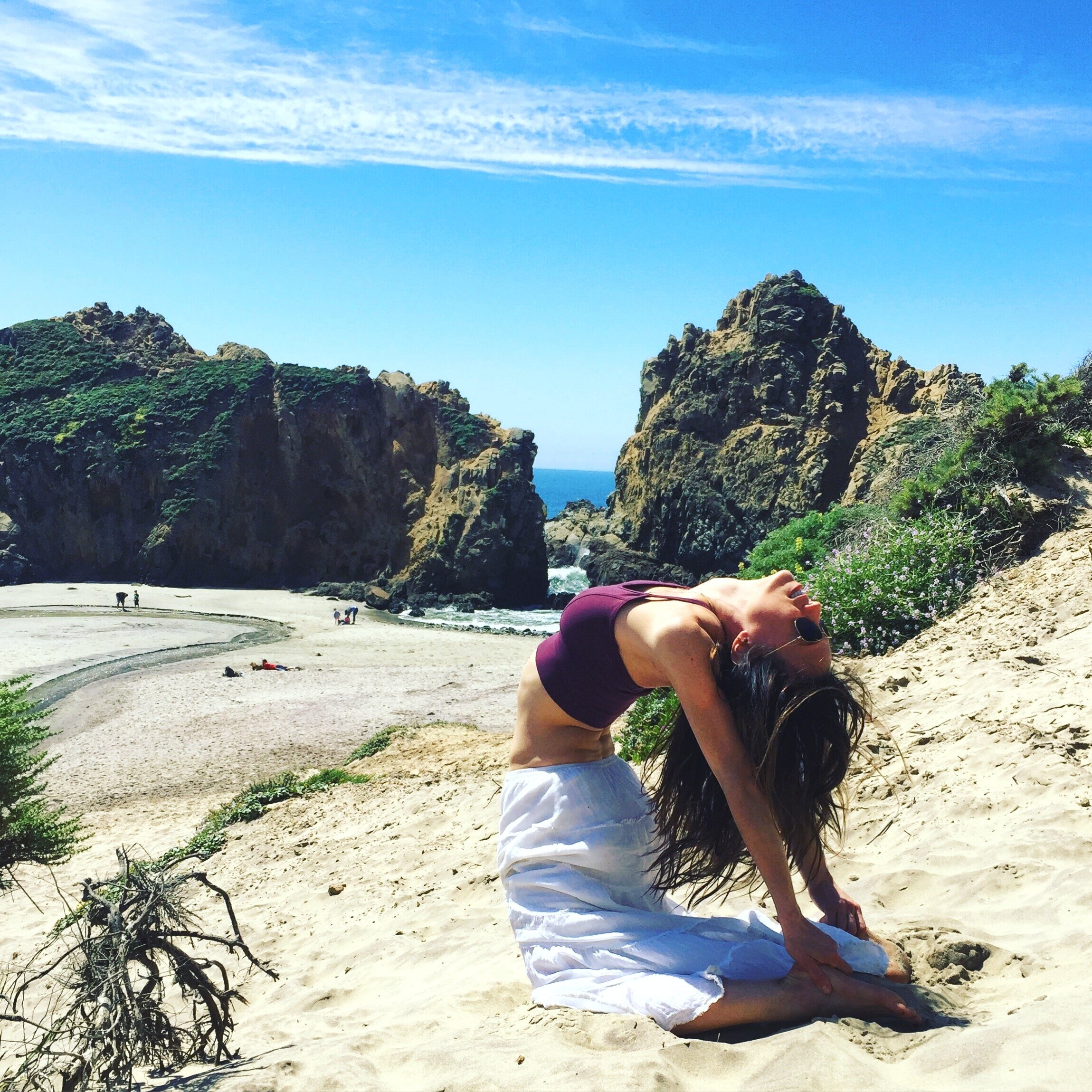
The SI Joints and Low Back
Lately, I’m hearing a recurrent conversation around low back pain. Let's de-mystify the low back and pelvis. Our sacroiliac (SI) joints provide a suspension-like system that equips the low body to handle the upper body, distributing & absorbing our weight from the top down. While the interplay between these two joints yields balance & cohesion, it also invites vulnerability.
They are key to how we feel.

Posture Clinic: Dancer
Dancer is a standing balancing backbend that cultivates strength & flexibility throughout the body: in the muscles surrounding the spine, the legs & upper back.

Posture Clinic: Upward Bow
This 3-legged wheel variation is a near reflection of Dancer. Here we have added one point of contact with earth and in Dancer we took one away. Both postures have the spine in extension (a backbend), but with an opposite relationship with gravity.
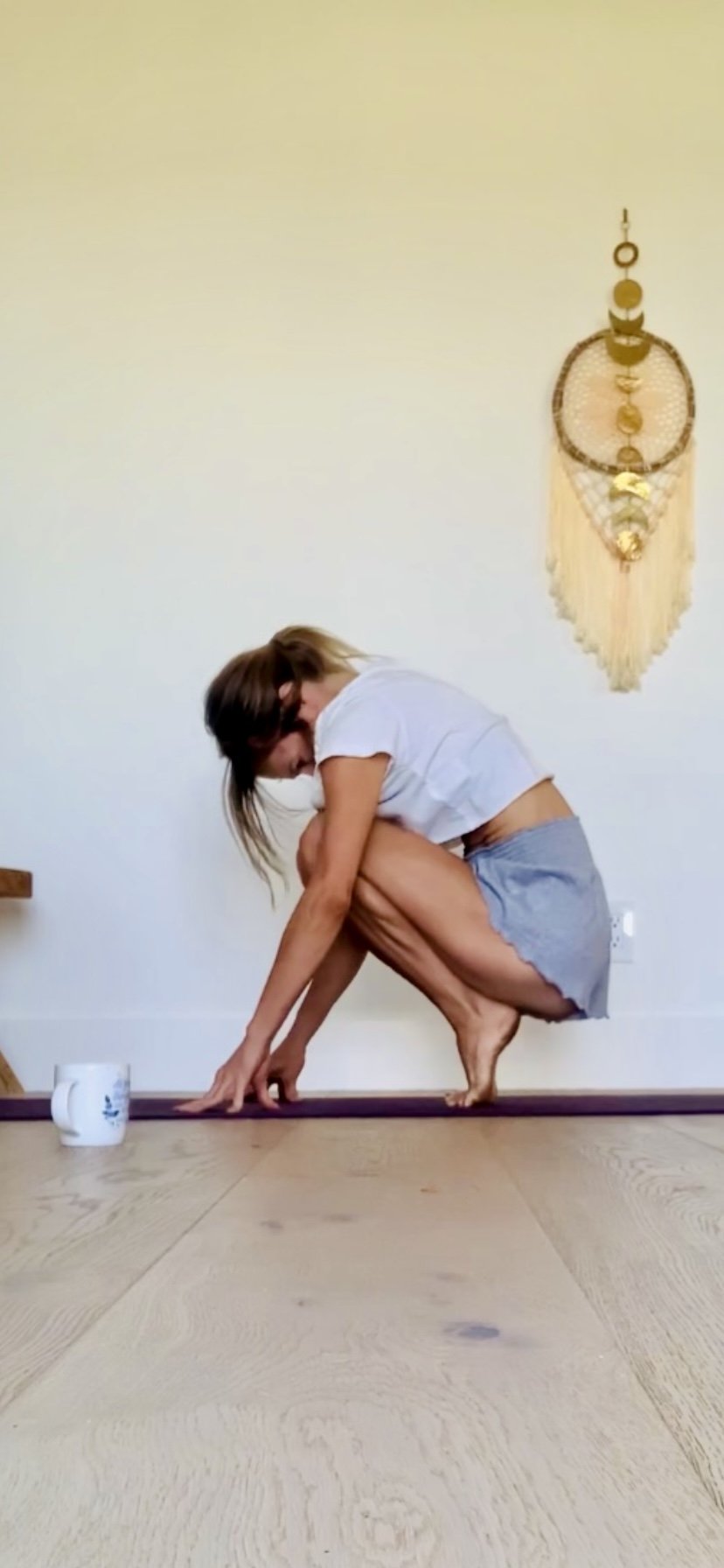
Yoga Theory
Ride the practice crescendo. Instead of stagnating on any given sensation or discomfort, stay in flow. Let it go. Stay open. Flow with it, not against it. In flow, we find an ease, a joy, alongside our effort.

Spinal Extension is an Open Heart
With the upper thoracic spine elevated and the heart lifted, backbends are heart openers.
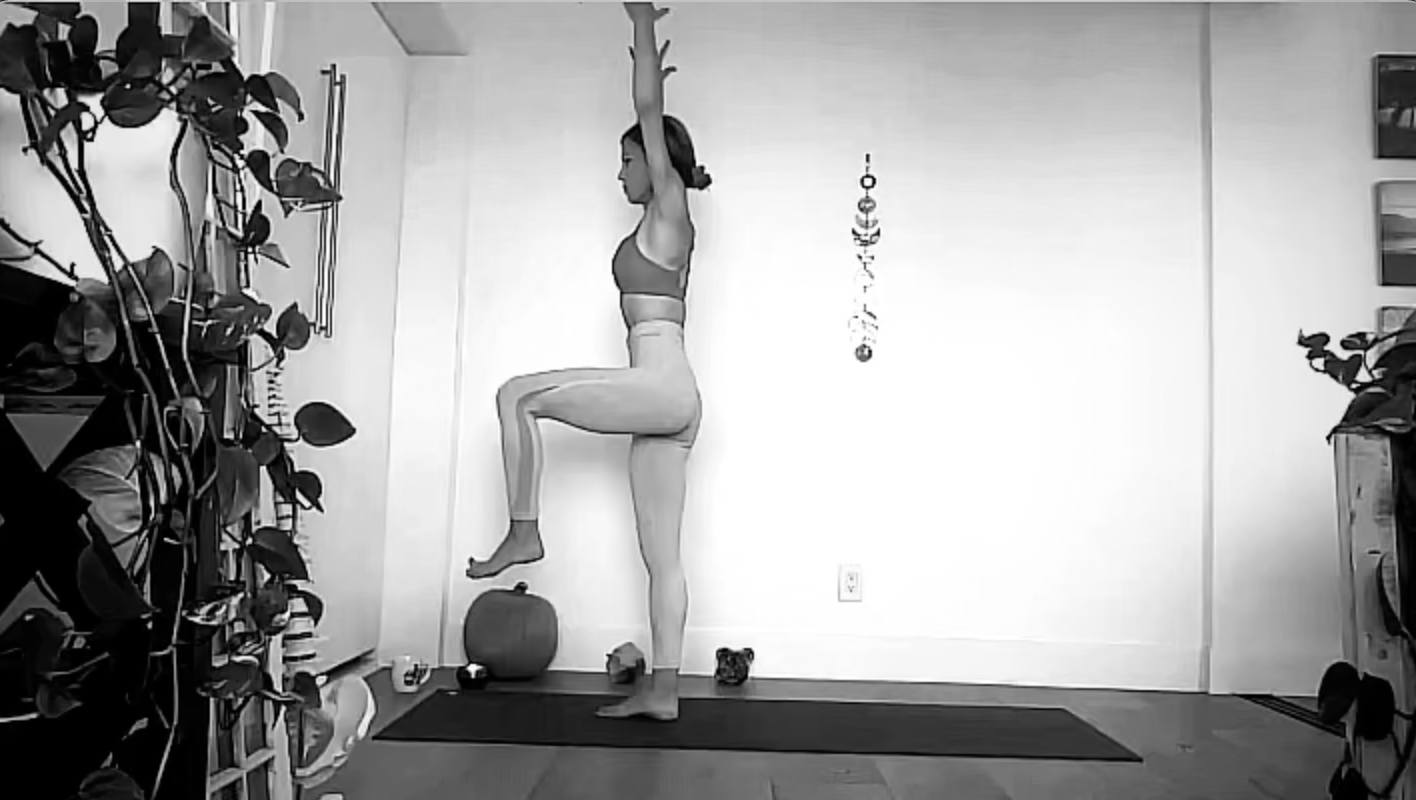
The Art of Sequencing
Inspiration + Resource for teachers…
I imagine sequencing is a lot like writing music. Within the 12 notes or tones, there are thousands of chords possible and infinite musical possibilities. Similarly, within the limited number of yoga asanas, infinite sequences may be born.
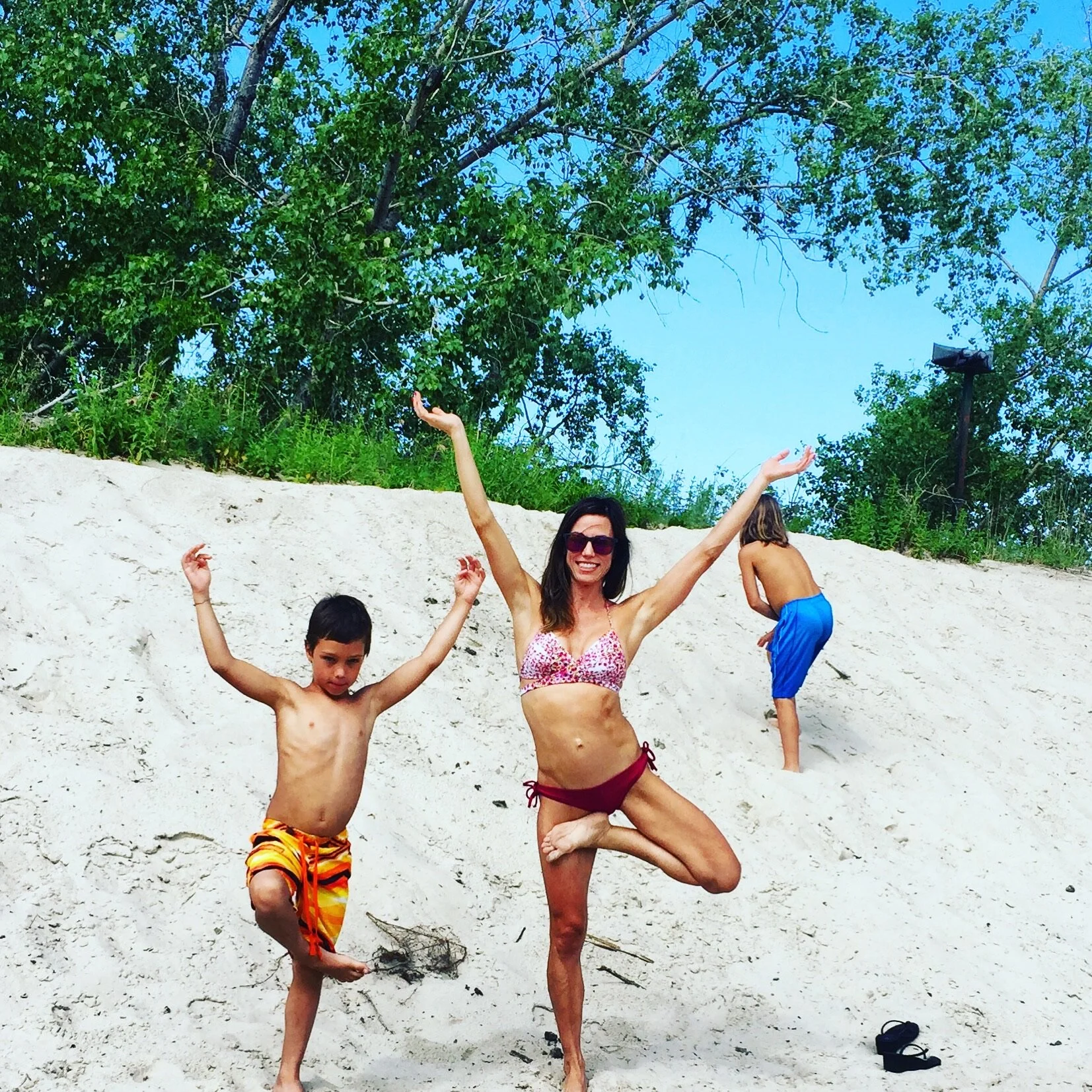
Movement is a Fountain of Youth
It feels good to feel good. And, a healthy body is fertile ground for a calm, clear mind.
